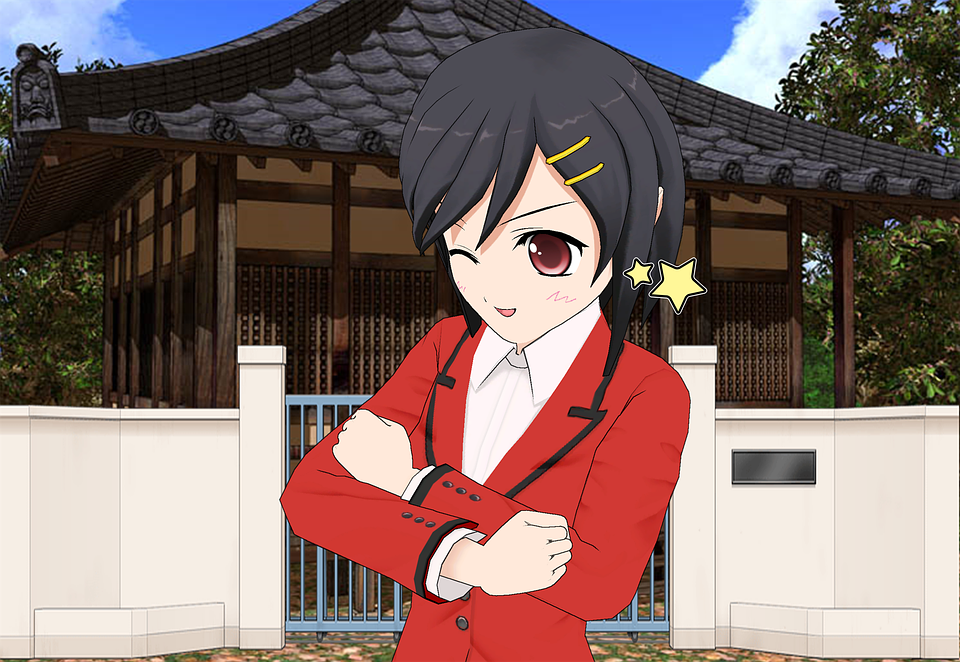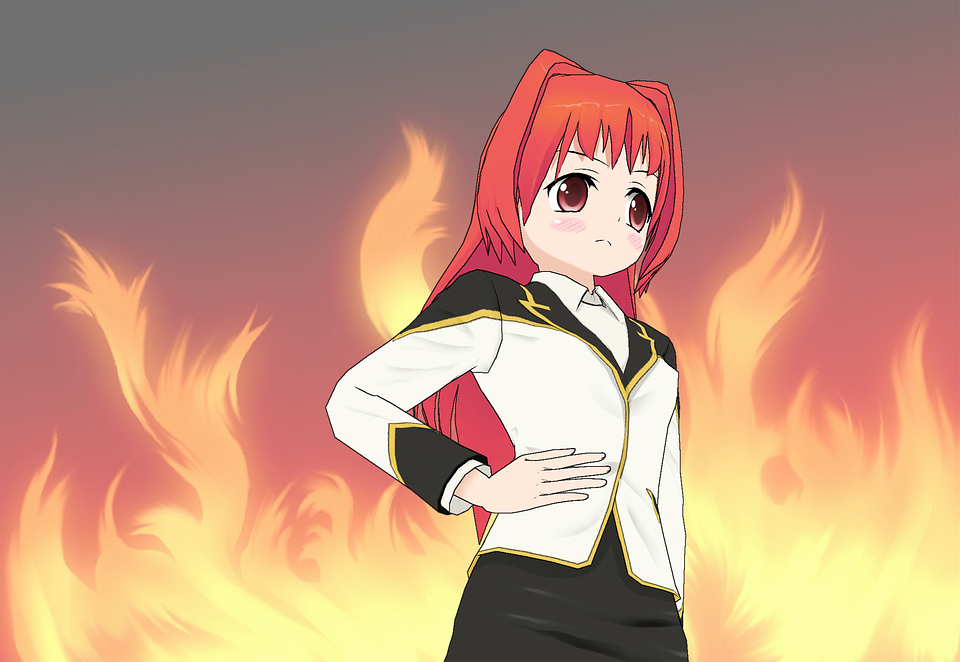General
How Cosplay Has Influenced Japan

Cosplay (コスプレ- costume play) is a subculture of Japan that centers on dressing like characters from Japanese anime (Japanese animation), manga (Japanese comics), video games, and tokusatsu. Costumes are also copied from Japanese fantasy movies or pop music bands. Internationally, the term “cosplay” only means donning the costume of a fictional character and participating in shows. In Japan, however, cosplay has impacted day-to-day life, fashion and even speech, evolving into a subculture of its own.
Popularity of Cosplay in Japan
The Japanese are passionate about anime and manga. Both are a big part of the Japanese culture. The average Japanese individual devotes a significant amount of time daily to follow up on his or her favorite manga publications or anime shows. This passion is not restricted only to only the young; older adults, middle-aged persons, and even elders love to dress up as their favorite characters when they get the chance. Readymade and cheap cosplay costumes are available across Japan in 100-yen stores. Most people get their cosplay costumes made for them using elaborate and expensive fabrics.
Japanese Cosplay Events
- World Cosplay Summit (WCS): This stellar event is held in Nagoya, Japan every year. Several countries participate in the cosplay competition here; each year sees more countries added to the attendee’s list. WCS began in the year 2003. Since then, it has greatly promoted Japanese youth culture among people who like cosplay from different countries. The WCS event is colorful, populated with hundreds of cosplayers showing off their innovative and elaborate costumes.WCS goes on for several days in multiple cities apart from Nagoya. You’ll find WCS events being conducted in Tokyo and Osaka as well. A typical WCS event has stage demonstrations put on by cosplay groups from different nations. There’s also a parade of cosplayers on the streets for public edification. The trend is for the public to take pictures of themselves with their favorite cosplayers.
- Dojinshi Comiket Market Event: The semi-annual Dojinshi Market Comiket event is quite possibly the most famous and the single largest cosplay event conducted in Japan. It takes place once in summers and winters, and attracts thousands of cosplay fans, manga otaku, and visitors. Even during the harshest winter, thousands of cosplayers throng the roof of the building where this event takes place, clad in their colorful costumes.
Evolution of Cosplay beyond Designated Cosplay Events
While designated events such as WCS and Dojinshi Market Comiket offer suitable opportunities to cosplayers to indulge in their passion, Japanese cosplay has literally taken to the streets. Stroll down any busy downtown or shopping markets and you’ll find several people of all ages wandering about in their costumes. In fact, cosplay is so popular in Japan that some people even go mountain climbing while clad in their favorite costumes.
You can see cosplay in action at video game shows, private cosplay parties, and at nightclubs or amusement parks. Tokyo’s Harajuku district is often populated by youngsters engaging in cosplay. A large number of cosplay cafes have cropped up in Tokyo’s Akihabara (秋葉原) district. These cafes cater to dedicated anime and cosplay fans, and stewards and waitresses also dress as their favorite game or anime characters when serving their cosplay patrons.
Cosplay Trends in Japan
- Cosplay Based on Famous Movies: Earlier, costumes from cosplay used to be inspired only by anime and manga characters, but not any longer. A recent trend at Japanese cosplay events is that people are favoring costumes from non-Japanese fantasy and science-fiction movies. This can be attributed to the global success of movies such as Star Wars, Lord of the Rings, The Matrix, and several others. There are several fans of the famous Harry Potter series in Japan, especially among women who don both, male and female costumes from the movie series.
- Crossplay Cosplayers: Men and women who dress as characters belonging to the opposite sex are called “Crossplayers.” Men who don female costumes and women who don male costumes fall into a small niche of cosplayers, called “dollars,” which is a subset of kigurumi cosplayers. Women and men who practice this trend wear bodysuits to conceal their gender when they transform into their favorite characters.
- Costume Blending: Japan is seeing another trend in anime cosplay costumes. Some people tend to blur the distinction between character-based costumes and clothing from existing fashions. Gothic Lolita is a Tokyo teen-fashion trend that’s followed by those who lack the courage to appear in public wearing a full anime or manga costume. The Gothic Lolita trend takes anime costumes and blends them with modern fashion and styles to create a less-alien version of clothing to wear in public.
- Cosplay Nomenclatures: The cosplay evolution has evolved its own naming trends. For example, Japanese cosplayers refer to themselves as “leya-zu.” People who take photographs of cosplayers and collect them are called “cameko,” which is short for “Camera Kozo” or “Camera Boy.”

Impact of Cosplay on Fashion
Japanese anime fashion has inspired numerous Japanese and global fashion designers to come out with fashion shows based on cosplay. They are also inspired by Japanese street wear, which is a blend of cosplay and street fashion. Designers around the world use different materials to come up with the look of Japanese fashion, including hairstyles, accessories and makeup based on fictional characters. Celebrities from around the world pay a lot of attention to Japanese street fashion, which has vastly influenced the way they style their hair and clothing.
Conclusion
Anime and manga are two of the most impactful contributions that Japan has made to the world. People around the world love anime and want to dress as their favorite characters. This has led to the creation of professional anime clothing that sells for a lot. Fashion trends have evolved from cosplay, which has forced even non-anime fans to accept cosplay as a major fashion and cultural trend.
-

 Tech11 years ago
Tech11 years agoCreating An e-Commerce Website
-

 Tech11 years ago
Tech11 years agoDesign Template Guidelines For Mobile Apps
-

 Business6 years ago
Business6 years agoWhat Is AdsSupply? A Comprehensive Review
-

 Business10 years ago
Business10 years agoThe Key Types Of Brochure Printing Services
-

 Tech8 years ago
Tech8 years agoWhen To Send Your Bulk Messages?
-

 Tech5 years ago
Tech5 years ago5 Link Building Strategies You Can Apply For Local SEO
-

 Law5 years ago
Law5 years agoHow Can A Divorce Lawyer Help You Get Through Divorce?
-

 Home Improvement6 years ago
Home Improvement6 years agoHоw tо Kеер Antѕ Out оf Yоur Kitсhеn











































